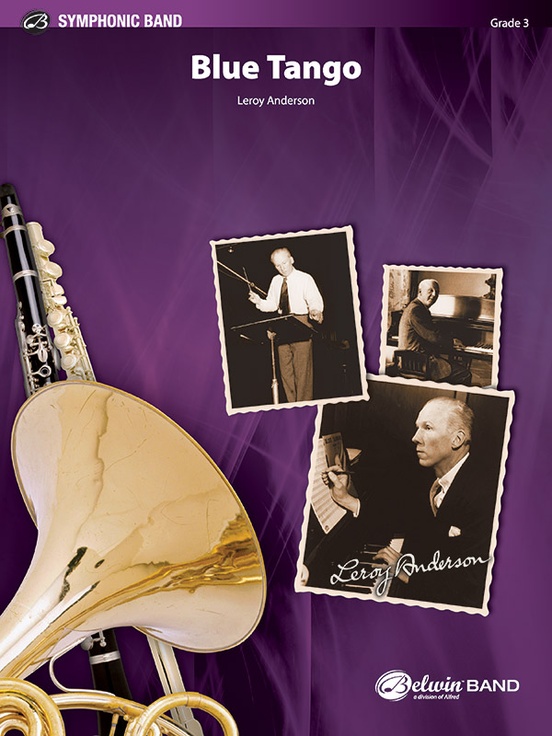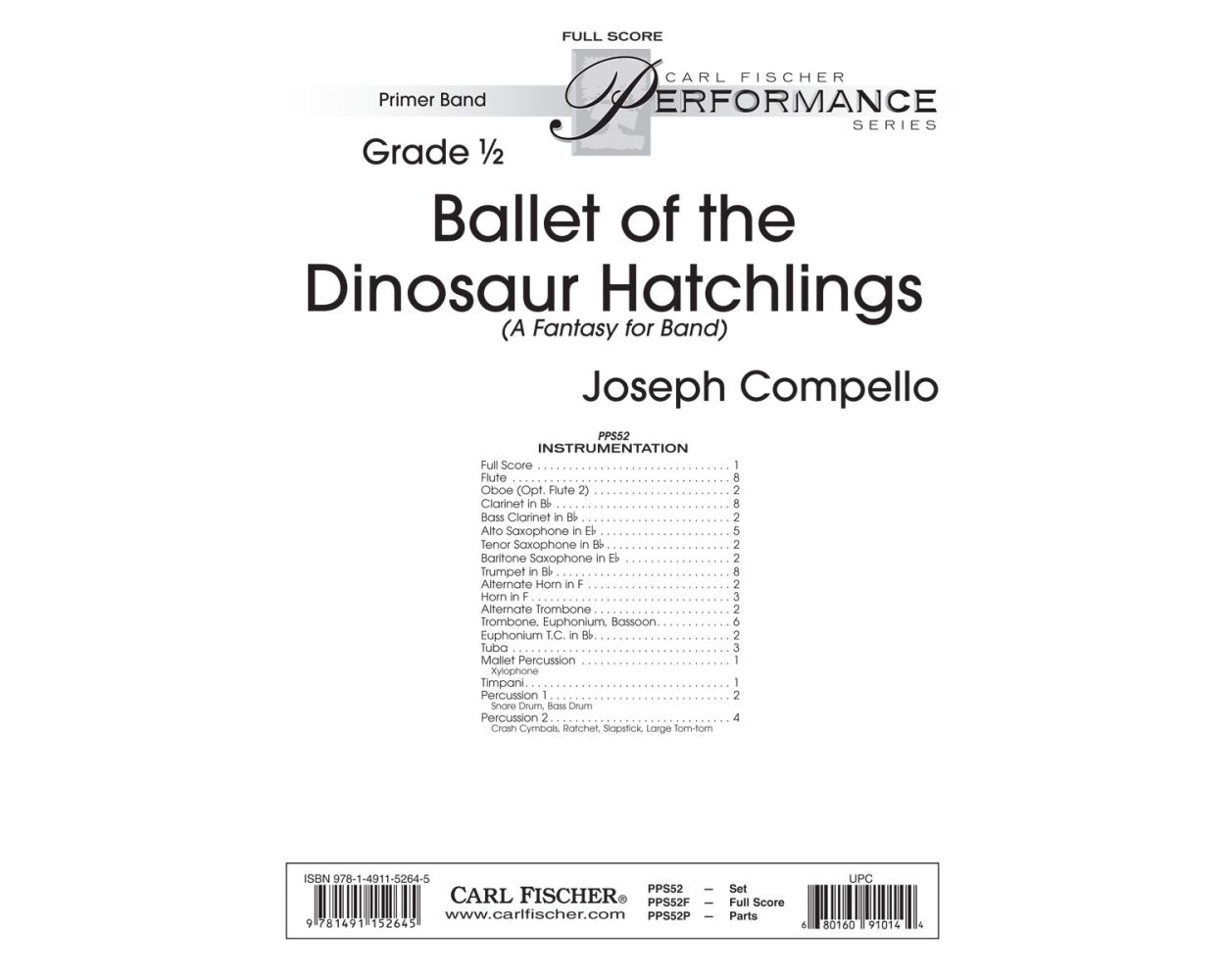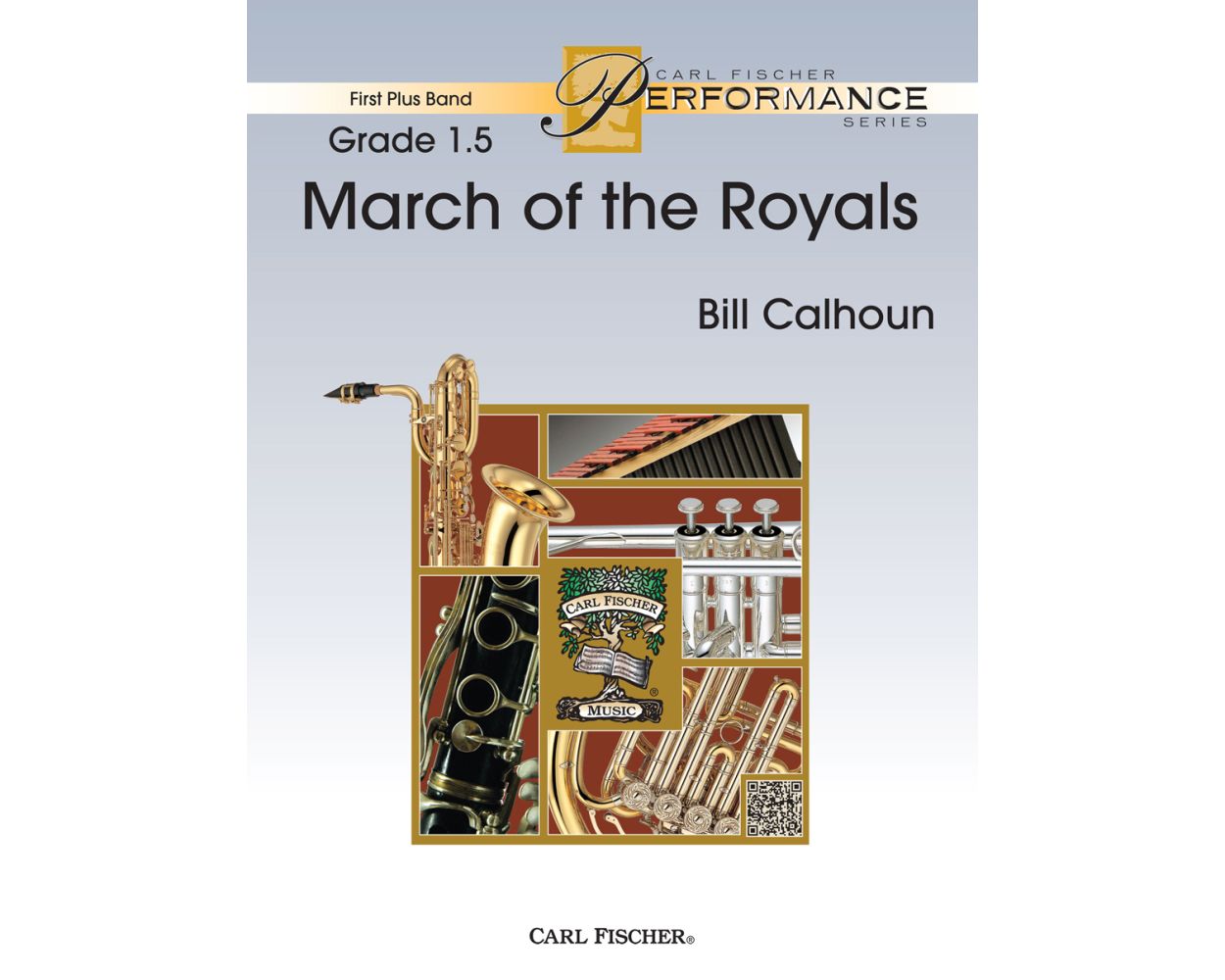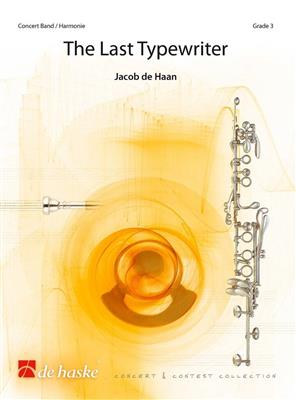Results
-
 £64.50
£64.50Blue Tango (Concert Band - Score and Parts) - Anderson, Leroy
At the height of his career in the mid-1930s, Leroy Anderson began arranging for Arthur Fiedler's Boston Pops Orchestra. Later, Fiedler encouraged him to write his own tunes for the Pops. His compositions, more than 50 in number, virtually define the sound of the contemporary American pops orchestra. Blue Tango was a #1 hit in 1951, juxtaposing the charismatic melody over a traditional tango pulse. The work captured the spirit of an era. This new edition was originally arranged by the composer for concert band and has been freshly re-engraved with a full score for the first time, permitting a uniformity of articulation throughout the work. Duration: 3.00
Estimated dispatch 7-14 working days
-
 £82.95
£82.95PADSTOW LIFEBOAT (Programme Concert Band) - Arnold, Malcolm - Woodfield, Ray
This marvellous march is full of the wit and humour that characterises the music of one of Britain's greatest living composers. Padstow is a coastal village in Cornwall in the west of England and whilst Arnold was writing this march he constantly heard the sound of the foghorn which is clearly depicted throughout the work. Grade 4 Performance time 3'40"
Estimated dispatch 7-14 working days
-
 £49.50
£49.50The Nuts and Crackers Sweet
Shaffer has risen to a higher level of musical misquotation with this adaptation of Tchaikovsky's famous ballet, Nuts and Crackers. David has lovingly orchestrated three of the most best known movements from the ballet: March of the Rin Tin Tin Soldiers, Dance of the Thoroughly Modern Mirlitons, and the Russian Hat-rack Dance (Ho Ho Hopak). This delightfully fun piece is especially appropriate for holiday concerts, but is sure to bring down the house in any concert setting. Lots of fun and full of percussion sound effects. DELIGHTFUL!
Estimated dispatch 7-14 working days
-
 £38.00
£38.00Ballet of the Dinosaur Hatchlings
Ballet of the Dinosaur Hatchlingsisan imaginative and funselection for a beginning band with less than one year of instruction. Wind parts use only five pitches and only the percussion partsuse eighth notes. Two sound effects are required in the piece.First, the hatching eggs are portrayed by a ratchet, and second, the snapping dinosaurs jaws are represented by a slapstick. Ballet of the Dinosaur Hatchlings isan intriguing piece that beginning students are sure to love.
Estimated dispatch 12-14 working days
-
 £49.00
£49.00With Eyes Of Fire - Donald Josuweit
Rock sound, chromatics, driving rhythm all are words to describe this composition. It is one of our most popular compositions. As with all of our compositions, it is a great teaching tool as well as the perfect song to add to your concert program. 1st clarinets play over the break. 1st trumpet's highest note is D.
Estimated dispatch 12-14 working days
-
 £45.00
£45.00March of the Royals - Bill Calhoun
March of the Royals is a concert march for developing concert bands. Although familiar, with all the ingredients found in a typical march, this piece is written in a more regal and elegant style that is characteristic of English style marches. The piece is written for younger musicians but directors will find that it is carefully scored to help ensembles sound older than their years.
Estimated dispatch 12-14 working days
-
 £40.00
£40.00Flaming Arrow
Flaming Arrow is written for beginning band, and uses only the first six notes learned in most beginning band methods: Bb to G. The piece is cast in C minor; consequently, an alternate trombone part is provided that does not reach out to sixth position. Beginning with mysterious opening material that is used later in the work, the piece then moves to an aggressive up-tempo section with lots of percussion. This is followed by a return of the slow opening material and a gradual accelerando with the sound of tom-toms. The piece ends with a short coda for an energetic conclusion.
Estimated dispatch 12-14 working days
-
 £91.99
£91.99The Last Typewriter - Jacob de Haan
This work describes the history and development of the typewriter in the newspaper world. The typical typing sound is the connecting thread, while a variety of music styles follow one another. In the end, the old familiar writing device is defeated when it has to make way for the computer. The composition features solos for various instruments that accompany the recurring typewriter. In a theatrical context, offering room for original ideas, the musical narrative will come across even better.
Estimated dispatch 7-14 working days
-
£64.99
Phantom Regiment - Leroy Anderson
This work was written by Leroy Anderson in 1951 and premiered by him when he recorded it for Decca. Interestingly, in 1956 the Phantom Regiment Drum and Bugle Corps of Rockford, Illinois changed their original name from the Rockford Rangers after having heard the piece played by a different corps. The music emulates the sound of distant trumpets and soldiers marching, drawing closer to the listener bit by bit. As the music gains strength, the marching and trumpets get louder and after passing the audience, it slowly fades away as they disappear into the distance again. This exclusive Southern band edition by Mark Rogers reintroduces Anderson's enchanting work to new generations of audiences.
Estimated dispatch 7-14 working days
-
 £154.99
£154.99Hidamari - Jan Van der Roost
Edelweiss Brass Orchestra is a Japanese concert band based in the heart of Tokyo, Japan. Founded in 1978, the ensemble has grown from musical strength to strength and in 2018 they commissioned a new work with Jan Van der Roost for their 40th anniversary concert. The title Hidamari could loosely be translated as "In the Sunshine". A short quote from the famous musical The Sound of Music (you got it, 'Edelweiss'!) is a subtle nod to the name of the commissioning ensemble. Hidamari reflects the idea that EBO is like a home for all musicians: together, they are one big family.
Estimated dispatch 7-14 working days
